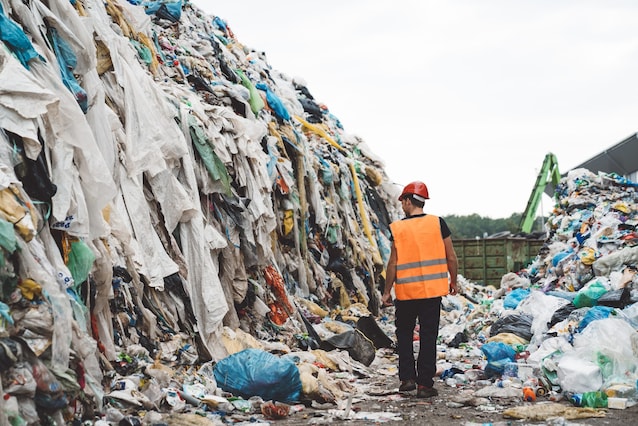Fashion
Fast fashion, pollution and exploitation of disposable fashion from production to disposal

With the deadline fast fashion refers to a rather widespread practice in the clothing world which consists in continuously producing collections of low-cost and poor-quality garments. In recent years, the appearance of large economic chains and oriented towards a younger audience has led to an acceleration in the production and number of collections available, following viral trends almost in real time. Even without considering the social aspects of this practice (exploitation, child labor and so on), fast fashion however has a great environmental impact: apart from the pollution linked to a high rate of production of garments, it is also the long movements of the goods between continents and even the disposal of used or unsold items.
Pollution and labor exploitation
Asia is certainly the continent of origin of fast fashion: it is in the factories of countries like Bangladesh or China that most of the garments are created. In Bangladesh the environmental situation is particularly critical: the country’s fragile economy is strongly linked to the production of yarns or complete garments, but above all it involves cheap clothing made from synthetic fibres like polyester.
We’re talking about sweatshopfactories bordering on legality which often employ children from the poorest social classes. In these companies, chemicals often irritants and highly polluting I am used without any protection by the workers, to then be poured into canals and rivers without any treatment.
In addition to the detergents and coloring substances used in the production of fabrics, there is also concern PFAS (perfluoroalkyl substances): used to waterproof or make fabrics resistant to stains, these compounds they are not yet regulated by the Bangladeshi authorities.
The state of degradation of the boundless Gangetic floodplains and other national rivers leads inexorably to the decline of aquatic species and health problems for millions of citizens, who depend on those waters for agriculture or for their own survival.
In Chinawhere the industry has certainly progressed and the authorities implement greater control over the environment, the greatest critical issues may instead derive from the products used in packaging which can be released from the garments worn: recently, a German magazine analyzed clothing purchased through Shein identifying harmful substances and heavily regulated in Europe, from heavy metals to phthalates.
The cemeteries of fast fashion: illegal landfills in Africa and South America
The environmental disasters resulting from this market do not stop at the source. Goods travel thousands of km before reaching Western markets, be it stock sold by department stores or online purchases.
However, the journeys of clothes do not end in our wardrobes: due to the poor quality of the garments, as well as the transitory nature of fashions and of “flash collections” from chains like Zara or Boohoothe useful life of garments tends to be very short, leading to greater waste production.

To these are added unsold items and disposed of by large chains, for which overproduction can sometimes reach 40%, or collected by charity organisations; the whole ends up being resold to secondary markets “in bulk”. Among these, the largest African market is certainly that of Kantamanto in Accra, Ghana.
The items that are traded in this market are called obroni wawu“dead white men’s clothes”: it is unthinkable for the locals, in fact, that one can so easily get rid of clothes in good condition due to a simple question of taste or desire for novelty.
Unfortunately, an ever-increasing percentage of garments sent have defects or damage that make them unsellable: the latter come then thrown into landfills around the city, most of the time not regularWhere fires are set cyclically.
Similar giant landfills have now also spread to South Americastarting from the now famous landfill of Atacama Desert, Chile.










